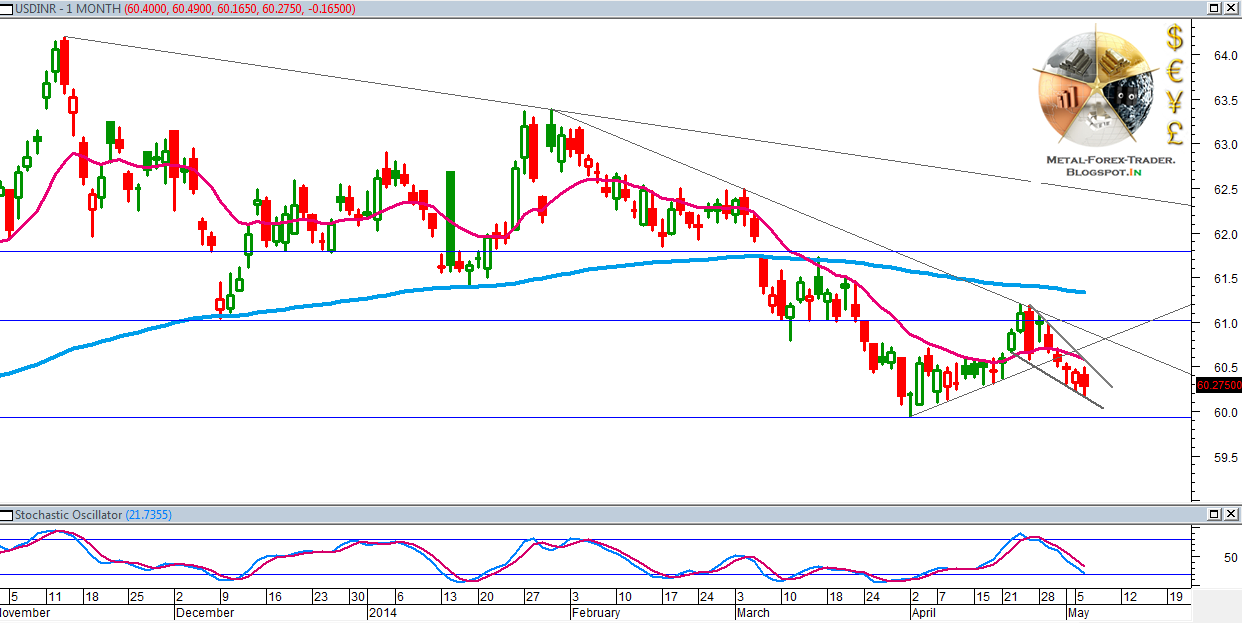If April was supposed to be the best month of the year only to leave everyone scarred, bruised and battered, another confirmation that in the Fed's New Normal all the folksy old aphorisms no longer work came with the last trading day in May when we learned that the old adage of "sell in May and go away" has not yet paid off with broad gains for most asset classes in the past month. Equities, Rates, Credit and EM were all generally stronger. Commodities delivered the key underperformance largely led by a sell-off in softs and precious metals.
And while the best performer in May was by far the Russian stock market (which may have crushed Jay Carney's hopes for a macro hedge fund career in his post-White House life), the highlight has certainly been the global rally in DM rates. Indeed the global rally saw nearly all (except for Denmark, Iceland and Greece) the 10-year yields of developed government bond markets finish the month lower.
Other observations on the past month's performance from Deutsche:
The strong performance in US rates has definitely provided a boost to EM and spread products across the world. This has trumped good or bad data/fundamentals as the driver of assets in the last few weeks. Having said that, a strong election outcome in India and some emergence of stability in the Russia/Ukraine stand-off were also helpful for EM sentiment. EM bonds were up nearly 2.5% in May bringing their YTD gains to 5%.Away from EM fixed income, DM spread products also did well with positive total returns seen across IG and HY indices on both sides of the Atlantic. Given the performance in rates, IG has generally outperformed HY but much of this is due to the longer duration of IG indices. It’s worth noting that European and US IG/HY credit benchmarks have yet to have a negative month so far this year.Turning to equities, the MSCI EM equity index added 3.5% in May. The ongoing market chatter around Chinese stimulus has also helped sentiment in the Hang Seng (+5.4%), which posted its best gains in 8 months. Staying in the region, Japan’s Nikkei (+2.3% in May) also enjoyed its best month this year although the index is still down 9.4% YTD. Away from Asian equities, the S&P 500, the DAX, and the Stoxx600 all recorded their best performance since February although overall European markets (especially the peripherals) are still outperforming their American counterparts so far this year.Soft commodities were the worst performers in May largely driven by an improving supply outlook for grains. Wheat (-12%) posted its worst monthly drop since 2011 as better rainfall across the Great Plains in the US has apparently improved crop conditions. Away from softs, WTI Oil (+3.0%) and Copper (+3.1%) have been doing better though with the latter posting its best monthly performance this year on talks of Chinese stimulus. Let’s see if we see further momentum on the back of the better-than-expected Chinese manufacturing PMI print that was released over the weekend!
Looking at returns YTD:
YTD gains (including dividends) for the Stoxx600 and the S&P 500 are 7% and 5% respectively. These performances are being overshadowed by gains in Portugal, Ireland, Italy and Spain which are up by +13%, +9%, +16% and +11%, respectively this year. Overall it has been a pretty good ride for Fixed Income so far this year, across both rates and credit, with total returns in DM credit ranging between as low as 3.3% (USD Fin Senior) to as high as +7.9% (Spanish bonds).
And visually:

































